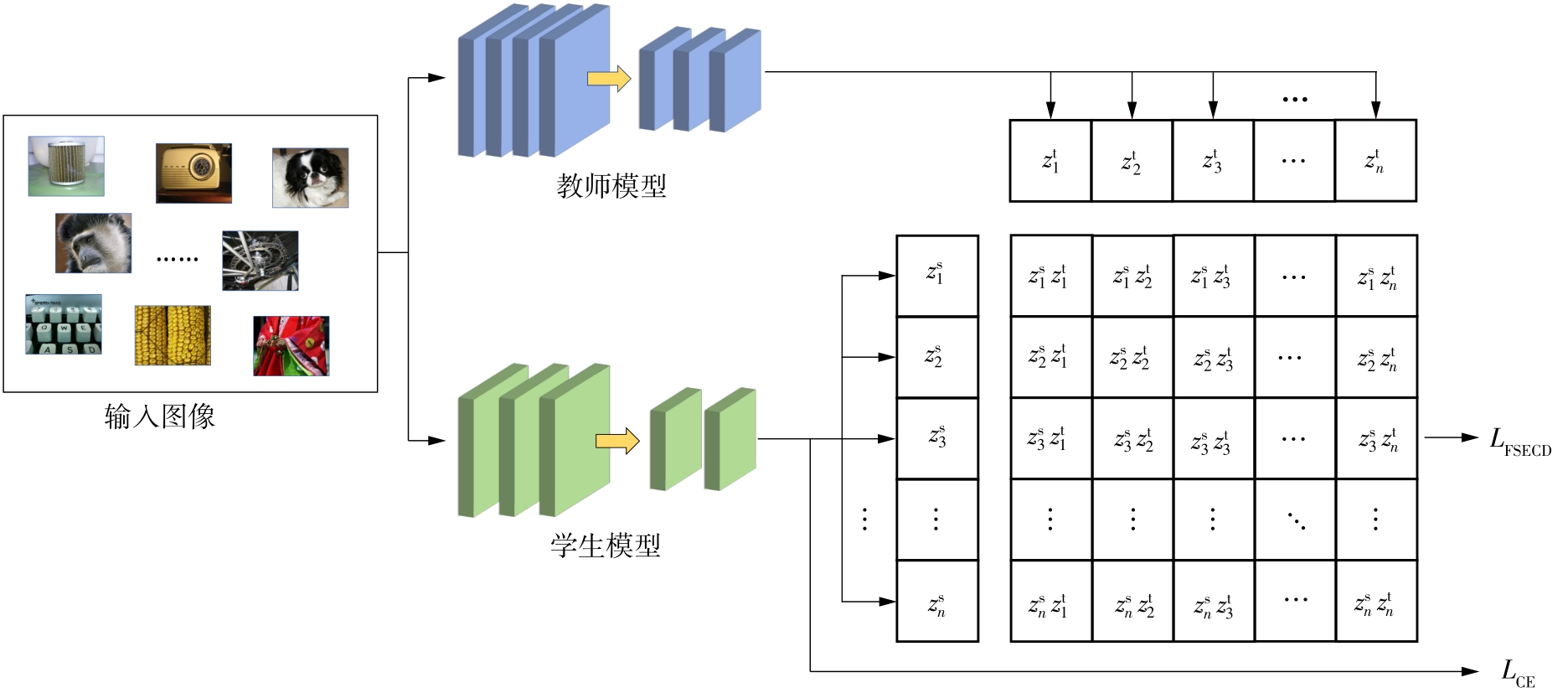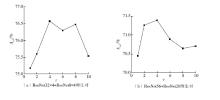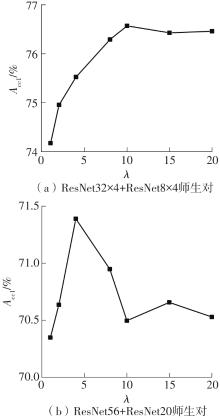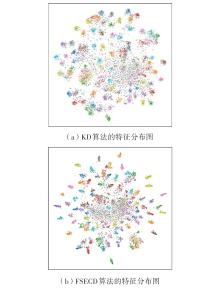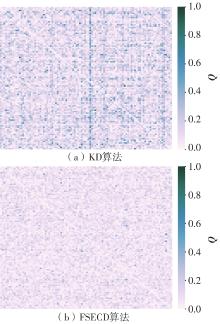| 1 |
SIMONYAN K, ZISSERMAN A .Very deep convolutional networks for large-scale image recognition [EB/OL].(2015-04-10)[2022-10-20]..
|
| 2 |
HE K, ZHANG X, REN S,et al .Deep residual learning for image recognition[C]∥ Proceedings of 2016 IEEE Conference on Computer Vision and Pattern Recognition.Las Vegas:IEEE,2016:770-778.
|
| 3 |
ZHANG X, ZHOU X, LIN M,et al .ShuffleNet:an extremely efficient convolutional neural network for mobile devices[C]∥ Proceedings of 2018 IEEE/CVF Conference on Computer Vision and Pattern Recognition.Salt Lake City:IEEE,2018:6848-6856.
|
| 4 |
MA N, ZHANG X, ZHENG H-T,et al .ShuffleNet V2:practical guidelines for efficient CNN architecture design[C]∥ Proceedings of the 15th European Conference on Computer Vision.Munich:Springer,2018:122-138.
|
| 5 |
SANDLER M, HOWARD A, ZHU M,et al .MobileNetV2:inverted residuals and linear bottlenecks [C]∥ Proceedings of 2018 IEEE/CVF Conference on Computer Vision and Pattern Recognition.Salt Lake City:IEEE,2018:4510-4520.
|
| 6 |
ZAGORUYKO S, KOMODAKIS N .Wide residual networks[EB/OL].(2017-06-14)[2022-10-20]..
|
| 7 |
REDMON J, DIVVALA S, GIRSHICK R,et al .You only look once:unified,real-time object detection[C]∥ Proceedings of 2016 IEEE Conference on Computer Vision and Pattern Recognition.Las Vegas:IEEE,2016:779-788.
|
| 8 |
LIU W, ANGUELOV D, ERHAN D,et al .SSD:single shot multibox detector[C]∥ Proceedings of the 14th European Conference on Computer Vision.Amsterdam:Springer,2016:21-37.
|
| 9 |
HE K, GKIOXARI G, DOLLÁR P,et al .Mask R-CNN[C]∥ Proceedings of 2017 IEEE International Conference on Computer Vision.Venice:IEEE,2017:2961-2969.
|
| 10 |
ZHAO H, SHI J, QI X,et al .Pyramid scene parsing network[C]∥ Proceedings of 2017 IEEE Conference on Computer Vision and Pattern Recognition.Honolulu:IEEE,2017:2881-2890.
|
| 11 |
LUO J-H, WU J, LIN W .ThiNet:a filter level pruning method for deep neural network compression[C]∥ Proceedings of 2017 IEEE International Conference on Computer Vision.Venice:IEEE,2017:5058-5066.
|
| 12 |
JACOB B, KLIGYS S, CHEN B,et al .Quantization and training of neural networks for efficient integer-arithmetic-only inference[C]∥ Proceedings of 2018 IEEE/CVF Conference on Computer Vision and Pattern Recognition.Salt Lake City:IEEE,2018:2704-2713.
|
| 13 |
YU X, LIU T, WANG X,et al .On compressing deep models by low rank and sparse decomposition[C]∥ Proceedings of 2017 IEEE Conference on Computer Vision and Pattern Recognition.Honolulu:IEEE,2017:7370-7379.
|
| 14 |
HINTON G, VINYALS O, DEAN J .Distilling the knowledge in a neural network[EB/OL].(2015-05-09)[2022-10-20]..
|
| 15 |
PARK W, KIM D, LU Y,et al .Relational knowledge distillation[C]∥ Proceedings of 2019 IEEE/CVF Conference on Computer Vision and Pattern Recognition.Long Beach:IEEE,2019:3967-3976.
|
| 16 |
TIAN Y, KRISHNAN D, ISOLA P .Contrastive representation distillation[C]∥ Proceedings of the 8th International Conference on Learning Representations.Addis Ababa:OpenReview.net,2020:1-19.
|
| 17 |
ROMERO A, BALLAS N, KAHOU S E,et al .FitNets:hints for thin deep nets[C]∥ Proceedings of the 3rd International Conference on Learning Representations.San Diego:OpenReview.net,2015:1-13.
|
| 18 |
ZAGORUYKO S, KOMODAKIS N .Paying more attention to attention:improving the performance of convolutional neural networks via attention transfer[C]∥ Proceedings of the 5th International Conference on Learning Representations.Toulon:OpenReview.net,2017:1-13.
|
| 19 |
HEO B, KIM J, YUN S,et al .A comprehensive overhaul of feature distillation[C]∥ Proceedings of 2019 IEEE/CVF International Conference on Computer Vision.Long Beach:IEEE,2019:1921-1930.
|
| 20 |
GOU J, YU B, MAYBANK S J,et al .Knowledge distillation:a survey[J].International Journal of Computer Vision,2021,129(6):1789-1819.
|
| 21 |
ZHAO B, CUI Q, SONG R,et al .Decoupled knowledge distillation[C]∥ Proceedings of 2022 IEEE/CVF Conference on Computer Vision and Pattern Recognition.New Orleans:IEEE,2022:11953-11962.
|
| 22 |
GOU J, SUN L, YU B,et al .Multi-level attention-based sample correlations for knowledge distillation[J].IEEE Transactions on Industrial Informatics,2022,DOI:10.1109/TII.2022.3209672 .
|
| 23 |
CHEN T, KORNBLITH S, NOROUZI M,et al .A simple framework for contrastive learning of visual representations[C]∥ Proceedings of the Thirty-seventh International Conference on Machine Learning.Vienna:IMLS,2020:1597-1607.
|
| 24 |
RADFORD A, KIM J W, HALLACY C,et al .Learning transferable visual models from natural language supervision[C]∥ Proceedings of the 38th International Conference on Machine Learning.Vienna:IMLS,2021:8748-8763.
|
| 25 |
XU G, LIU Z, LI X,et al .Knowledge distillation meets self-supervision[C]∥ Proceedings of the 16th European Conference on Computer Vision.Glasgow:Springer,2020:588-604.
|
| 26 |
KRIZHEVSKY A .Learning multiple layers of features from tiny images[D].Toronto:University of Toronto,2009.
|
| 27 |
DENG J, DONG W, SOCHER R,et al .ImageNet:a large-scale hierarchical image database[C]∥ Proceedings of 2009 IEEE Conference on Computer Vision and Pattern Recognition.Miami:IEEE,2009:248-255.
|
| 28 |
HOWARD A G, ZHU M, CHEN B,et al .MobileNets:efficient convolutional neural networks for mobile vision applications[EB/OL].(2017-04-17)[2022-10-20]..
|
| 29 |
Van der MAATEN L, HINTON G .Visualizing data using t-SNE[J].Journal of Machine Learning Research,2008,9(11):2579-2605.
|



